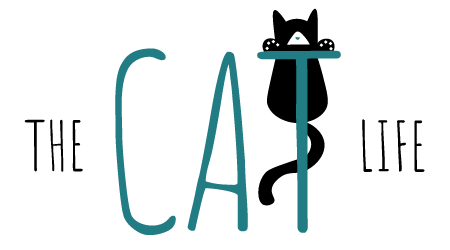Cats are known for their agility, grace, and independence, but did you know that their anatomy is also fascinating? In this blog post, we’ll explore the world of cat anatomy, from their skeletal structure and muscles to their organs and senses.
Skeletal Structure and Muscles
A cat’s skeletal structure is made up of over 230 bones, which provide support and protection for their internal organs. Cats have a flexible spine that allows them to twist and turn in mid-air, as well as a unique collarbone that enables them to squeeze through tight spaces.
Cats also have over 500 muscles, which provide them with strength, agility, and flexibility. These muscles are attached to their bones by tendons and ligaments, allowing them to move in a wide range of unique ways. Cats use their muscles to jump, climb, run, and play.
Organs and Senses
Cats have a complex system of organs that work together to keep them healthy. Their digestive system includes the mouth, esophagus, stomach, small intestine, large intestine, liver, pancreas, and gallbladder. Cats also have a respiratory system that includes the nose, trachea, bronchi, lungs, and diaphragm.
In addition to their organs, cats also have highly developed senses. They have exceptional vision due to having 6-8 more rod cells than cones in their eyes. They also have a reflective structure called the “tapetum lucidum” which reflects light back onto the retina, allowing them to see better in dim lighting and giving their eyes a reflective glow. Cats have outstanding peripheral vision due to their eyes being set close to the sides of their heads.
Cats also have exceptional hearing due to having more than 20 muscles in each ear that allow them to rotate their ears up to 180 degrees. They can hear high frequency sounds undetectable to the human ear. Cats also have an acute sense of smell due to having over 200 million scent receptors in their nose.
Conclusion
In conclusion, cats have a fascinating anatomy that allows them to be agile, graceful, and independent. From their skeletal structure and muscles to their organs and senses, understanding your cat’s anatomy can help you better understand your feline friend. So next time you see your cat jumping or playing, take a moment to appreciate the complex world of cat anatomy!

